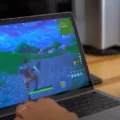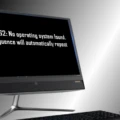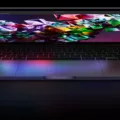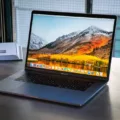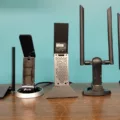The Internal Power Error is a common blue screen error that can occur on Windows operating systems. This error can be frustrating, as it often presents itself as a constant loop that prevents you from accessing your device. In this article, we will explore the causes and solutions to Internal Power Errors.
One of the primary causes of Internal Power Errors is outdated or corrupt drivers. Drivers are essential software components that allow your hardware to communicate with your operating system. If a driver becomes outdated or corrupt, it can cause conflicts that result in the Internal Power Error.
Another cause of the Internal Power Error is the creation of a small hibernation file by the system. The hibernation file is used by the operating system to store the current state of your device when it goes into hibernation mode. If the hibernation file is too small, it can cause issues that result in the Internal Power Error.
So, how can you fix the Internal Power Error? One solution is to increase the size of the hibernation file. To do this, open the command prompt as an administrator and type “powercfg -h -size 100%” and press enter. This will increase the size of the hibernation file to 100% of your device’s RAM.
Another solution is to update your drivers. To do this, go to the device manager, right-click on the device with the outdated driver, and select “update driver.” This will search for the latest driver and install it automatically.
If updating your drivers doesn’t work, you can try disabling your graphics card or rolling back your drivers. To do this, go to the device manager, right-click on your graphics card, and select “disable” or “rollback driver.”
If none of these solutions work, you can try disabling automatic driver updates and uninstalling your display driver. To do this, go to the device manager, right-click on your display driver, and select “uninstall the device.” Then, go to settings, select “Update & security,” and click on “Advanced options.” From there, select “disable automatic driver updates.”
Lastly, you can try setting your hard drive turn-off timer to 0. To do this, open the power options and select “Change plan settings.” Then, select “change advanced power settings” and expand the “hard disk” option. From there, set the “turn off hard disk after” option to 0.
Internal Power Error can be a frustrating issue to deal with, but there are several solutions available. By updating your drivers, increasing the size of the hibernation file, and disabling automatic driver updates, you can fix the Internal Power Error and get back to using your device.
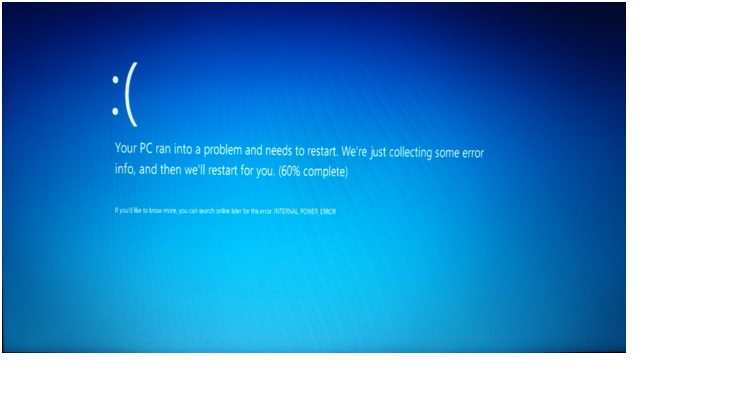
Internal Power Error: Definition and Causes
An internal power error is an issue in which a computer device gets stuck in a constant loop, preventing the user from accessing the system. This error typically occurs due to outdated or corrupt drivers or when a small size of hibernation file is created by the system. When a computer goes into hibernation mode, it saves the current system state to the hard drive and turns off power to conserve energy. If the system creates a small hibernation file, it may result in an insufficient power supply, leading to an internal power error. This issue can be quite frustrating for users as it prevents them from accessing their computers and carrying out their tasks. To fix this problem, users may need to update their drivers or increase the size of the hibernation file.
Fixing the Internal Power Error Stop Code
The INTERNAL_POWER_ERROR stop code is a blue screen error that occurs when there is an issue with your computer’s power management settings. There are several ways to fix this error, including:
1. Increase the size of the hibernation file: This can be done by opening Command Prompt as an administrator and typing “powercfg.exe /hibernate /size 100” (without quotes) and pressing Enter.
2. Update your drivers: Check for any outdated drivers and update them to the latest version to ensure they are compatible with your operating system.
3. Disable your graphics card or roll back your drivers: This can help if the error is caused by a graphics card driver issue. You can disable your graphics card or roll back its drivers by accessing Device Manager and selecting the graphics card from the list of devices.
4. Disable automatic driver updates and uninstall your display driver: This can be done by accessing the System Properties window, selecting the Hardware tab, and clicking on the Device Installation Settings button. From there, you can choose to disable automatic driver updates and uninstall your display driver.
5. Set your hard drive turn-off timer to 0: This can be done by opening Power Options, selecting Change Plan Settings, and then clicking on Change Advanced Power Settings. From there, you can set the hard drive turn-off timer to 0.
By following these steps, you should be able to fix the INTERNAL_POWER_ERROR stop code and prevent it from occurring in the future.
Using the Blue Screen Troubleshooter
To use the blue screen troubleshooter in Windows 10, follow these steps:
1. Open the Settings app by clicking on the Start menu and selecting “Settings” (gear icon).
2. Click on the “Update & Security” option.
3. Select “Troubleshoot” from the left-hand menu.
4. Scroll down to find the “Blue Screen” option and click on it.
5. Click on the “Run the troubleshooter” button.
6. The troubleshooter will then start to scan for any issues causing the blue screen error.
7. Follow the on-screen instructions to resolve any issues that are found.
8. Once the troubleshooter has finished, restart your computer to see if the problem has been resolved.
If the troubleshooter is unable to fix the issue, it will provide additional information and steps you can take to resolve the problem. It’s important to note that the blue screen troubleshooter is not a guaranteed solution for all blue screen errors, but it can be a helpful tool in identifying and resolving common issues.
Conclusion
The Internal Power Error can be a frustrating and persistent issue on your device. However, there are several effective solutions to fix this problem. Updating your drivers, increasing the hibernation file size, and disabling automatic driver updates can all be effective solutions. Additionally, the built-in Blue Screen Troubleshooter in Windows 10 can also help diagnose and fix the issue. It is important to address this error promptly to avoid any further complications or damage to your system. By following these steps, you can resolve the Internal Power Error and ensure that your device runs smoothly and efficiently.

